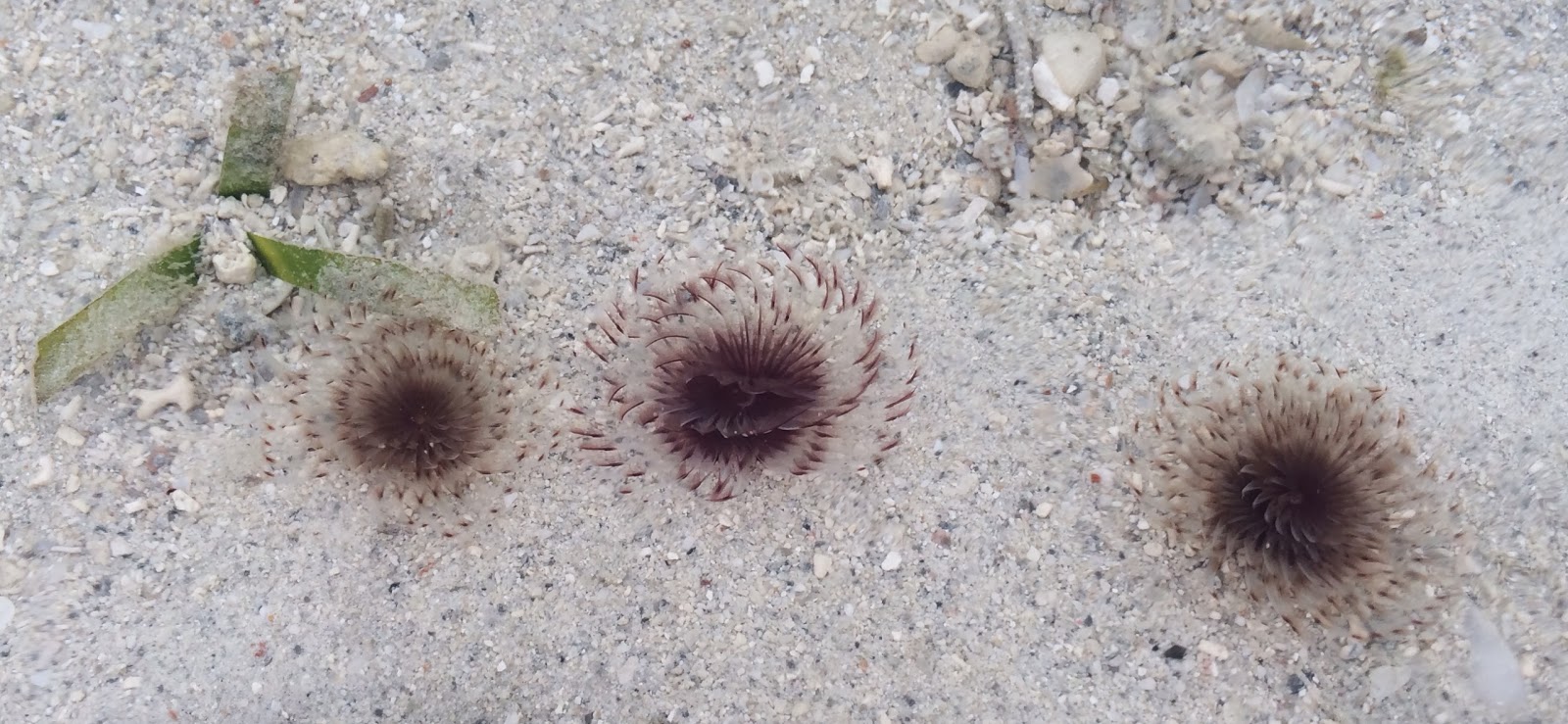Within a few miles of our house there are more than 3,000 acres of conserved land and most of it has trails that are open to the public for year-round outdoor recreation. It is not all contiguous, but a lot of it is and much of it feels remote and wild even though we are in a heavily developed region of New Hampshire. The Southeast Land Trust of NH, the NH Fish and Game Department, The Nature Conservancy, Natural Resources Conservation Service, U.S. Fish and Wildlife Service, local towns, and other partners have worked with private landowners to conserve these lands in perpetuity.
Winter offers one of the best times to explore this land, in part because much of it is wet or soggy and hard to traverse (or is too buggy) when the ground is not frozen. With all the snow so far this year (total to date is two feet), the woodland trails have enticed snowmobilers early and often. In New Hampshire, local snowmobile clubs are well-organized and respectful of public and private lands. They groom trails, maintain trail signs (such as "stay on trail or stay home"), build bridges across wet areas, and their registration fees pay to create, maintain, and patrol the trails.
We've discovered a network of such trails on the NH Fish and Game Department's Piscassic River Wildlife Management Area. Snowmobilers have created well-packed trails that are easy for us and the dogs to walk and run on and to explore remote areas where hare and fisher and deer are abundant (as evidenced by their tracks).
Winter offers one of the best times to explore this land, in part because much of it is wet or soggy and hard to traverse (or is too buggy) when the ground is not frozen. With all the snow so far this year (total to date is two feet), the woodland trails have enticed snowmobilers early and often. In New Hampshire, local snowmobile clubs are well-organized and respectful of public and private lands. They groom trails, maintain trail signs (such as "stay on trail or stay home"), build bridges across wet areas, and their registration fees pay to create, maintain, and patrol the trails.
We've discovered a network of such trails on the NH Fish and Game Department's Piscassic River Wildlife Management Area. Snowmobilers have created well-packed trails that are easy for us and the dogs to walk and run on and to explore remote areas where hare and fisher and deer are abundant (as evidenced by their tracks).
We are out on the trails in the morning (this is the second walk of the day, after the pre-dawn walk). I find that most snowmobilers don't emerge until after lunch. And although I like the trails that they create, I'm not too fond of their sound and smell. On two one-hour walk/runs this weekend on the Piscassic River WMA snowmobile trails, we encountered only one person on a snowmobile and he worked for the State of NH, as a patrol, to ensure no excess speeds.
The only way that I can enjoy winter (and not long for white sand beaches and warm turquoise-colored water) is to get outside for a snowshoe or walk/run with the dogs on winding trails through snowy woods. And I thank the snowmobilers for making our trek easier.























































